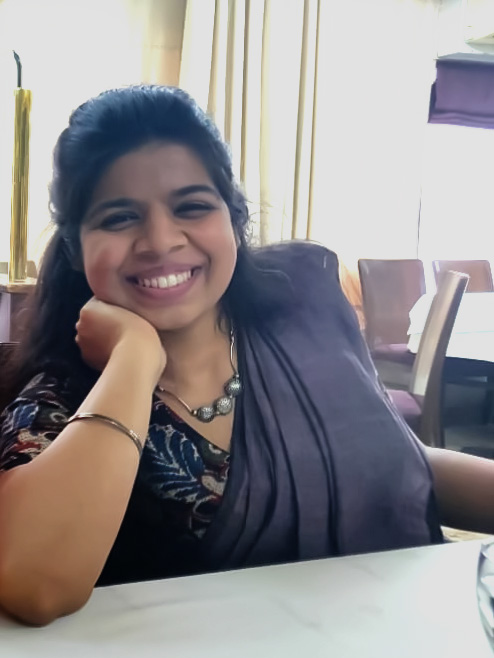About author
Niranjan Chatterjee completed his master’s degree in Human physiology from Vidyasagar University, Midnapore, West Bengal, India. Currently he is pursuing his Ph.D. degree at the department of Biological Sciences & Bioengineering, IIT Kanpur under the supervision of Prof. Santosh K. Misra from 2019. His research area primarily focused on developing advanced biomaterial systems for the therapy and diagnosis of skeletal muscle damage. He also got training on developing nanomaterials based bioimaging probes and varieties of drug delivery platforms for multiple biological applications.



